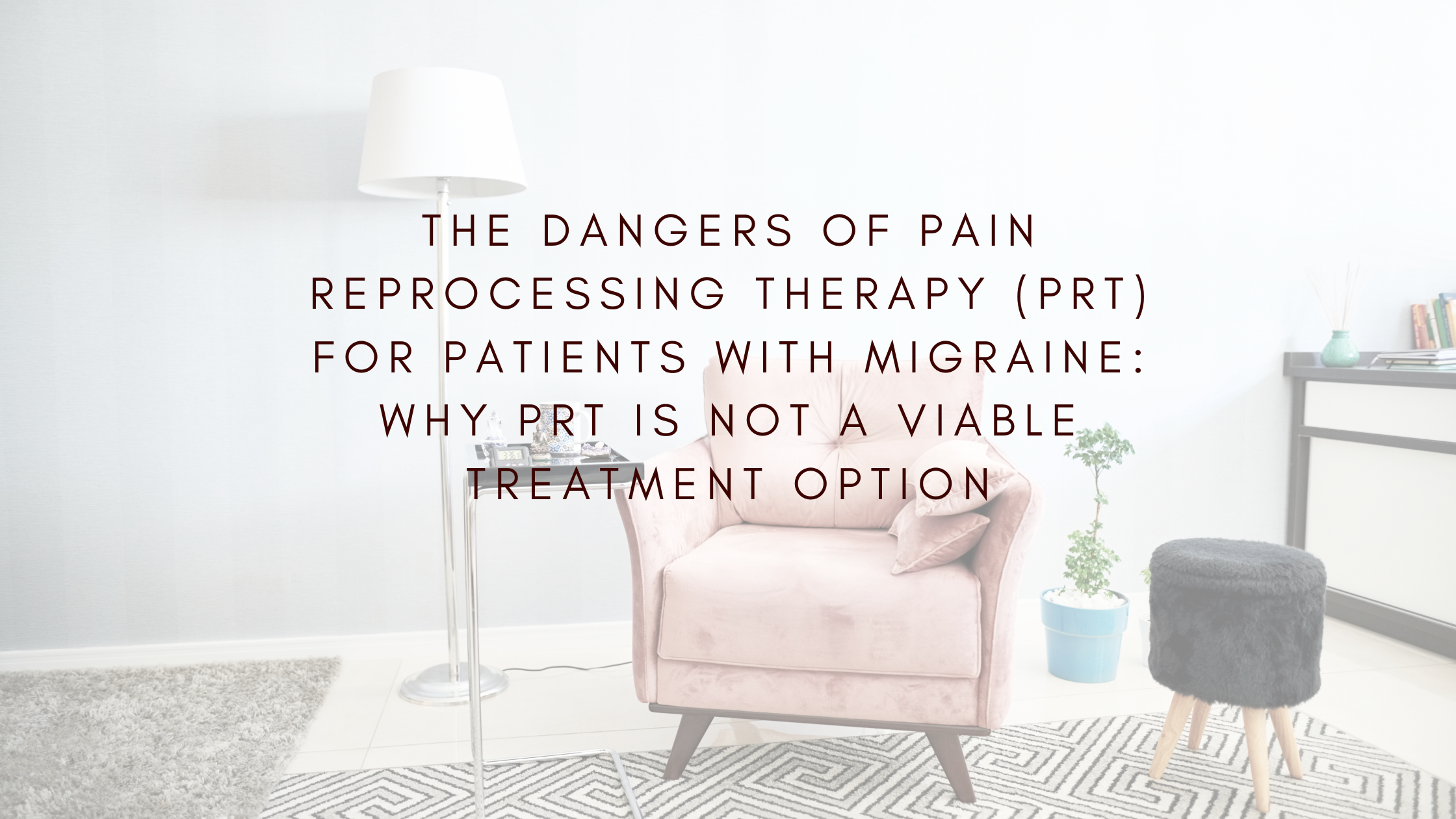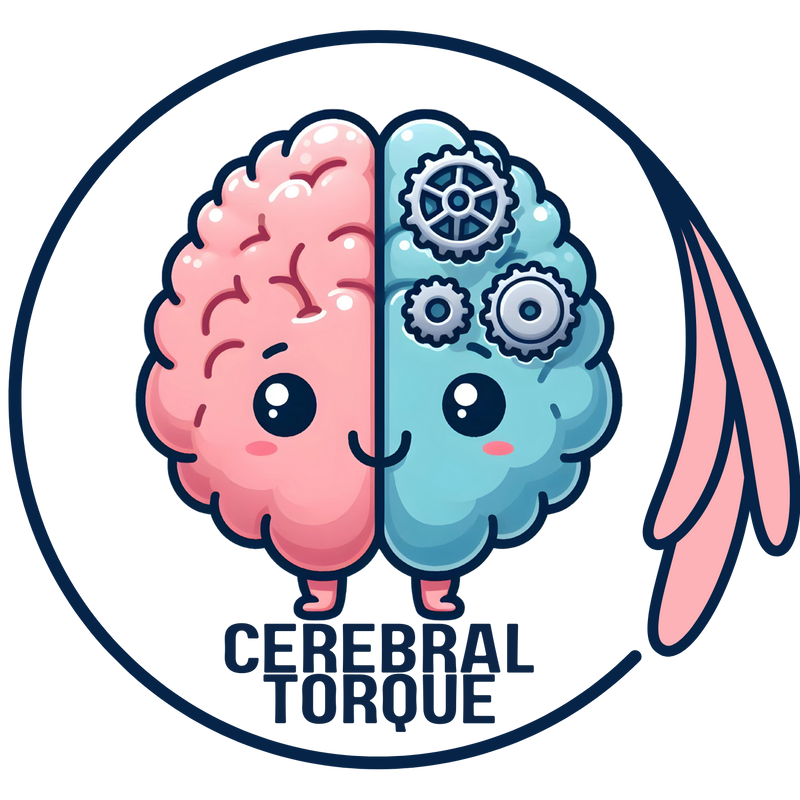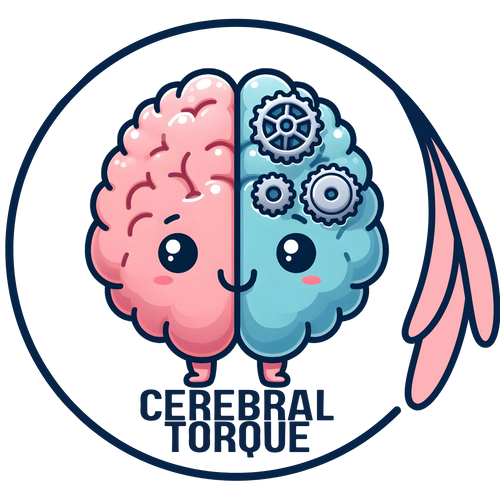The Dangers of Pain Reprocessing Therapy for Patients with Migraine: Why PRT is Not a Viable Treatment Option
Posted on March 28 2024,

The migraine community is currently facing a significant problem with the rise of Pain Reprocessing Therapy (PRT) as a proposed treatment for migraine disease. PRT is a mind-body approach that claims chronic pain is "neuroplastic," caused by the brain misinterpreting safe signals from the body as dangerous, rather than by actual tissue damage. Proponents believe that by changing the brain's interpretation of these signals through a technique called somatic tracking, PRT can cure chronic pain. However, there are several issues with this approach, particularly when it comes to treating migraine.
Understanding the Types of Pain: Nociceptive, Neuropathic, and Nociplastic Pain
First, it's essential to understand the three types of pain recognized in pain medicine: nociceptive pain, neuropathic pain, and nociplastic pain. Nociceptive pain originates from damage to non-neural tissue and is due to the activation of nociceptors, such as in the case of a cut or broken arm. Neuropathic pain is caused by a lesion or disease of the nervous system, like diabetic neuropathy or multiple sclerosis. Nociplastic pain is a newly coined term for pain that has no clear evidence of tissue damage, lesions, or disease of the nervous system.
PRT only refers to nociplastic pain, although its proponents use the term "neuroplastic" instead. However, migraine pain involves both nociceptive and neuropathic components, making it a mixed pain presentation.
The Pathophysiology of Migraine: Nociceptive and Neuropathic Pain Mechanisms
The pathophysiology of nociceptive pain in migraine includes the activation of the trigeminovascular system, leading to the release of pain-promoting substances like CGRP and substance P, causing vasodilation and neuroinflammation. This process stimulates nociceptors in the blood vessels and meninges, sending pain signals through the trigeminal nerve to the brainstem and higher brain centers. Notably, fear is not a factor in this science-based pathophysiology, and PRT would be ineffective in preventing it.
Moreover, repeated activation of the trigeminovascular system can lead to peripheral and central sensitization, resulting in neuropathic pain in migraine. Peripheral sensitization occurs when the trigeminal nerve becomes hyperexcitable, responding to lower thresholds of stimuli. Central sensitization involves changes in the brainstem and higher brain centers, leading to increased responsiveness to pain signals. These changes can cause allodynia (pain in response to normally non-painful stimuli) and hyperalgesia (increased pain sensitivity). Again, this is not nociplastic pain and, therefore, not amenable to treatment by PRT.
The Lack of Evidence Supporting PRT for Migraine Treatment
One of the central premises of PRT is that chronic pain is caused by the brain misinterpreting safe signals from the body as dangerous and that fear is the driving force behind this process. While the idea of a mind-body connection in pain perception is worth exploring, there is no convincing evidence that fear is the primary culprit behind chronic migraine or that this treatment approach is effective. Proponents of PRT often make claims without adequate scientific support, relying on individual patient stories and cherry-picked examples to argue for their theory, rather than well-designed, peer-reviewed studies.
The Dangers of Characterizing Migraine as a Fear-Based Disease
Characterizing migraine as a fear-based disease can have detrimental consequences for both research and public perception. It risks reducing the amount of funding allocated to migraine research, as it may be perceived as a psychological issue rather than a neurological disorder requiring further scientific investigation. This misconception can also exacerbate the stigmatization that migraine sufferers already face, leading to a lack of understanding and support from both medical professionals and society at large.
The Importance of Evidence-Based Migraine Treatments
For people with migraine looking for relief, it's crucial to be cautious of unsubstantiated treatment claims, no matter how convincing they may sound. Migraine is a complex neurobiological disorder with multiple potential underlying causes and triggers. While mind-body approaches like stress reduction can be helpful tools in a comprehensive treatment plan, they are not a magic bullet solution.The most effective migraine treatments are those that have been rigorously tested in controlled clinical trials and have demonstrated efficacy and safety. This includes medications like triptans, preventive drugs, and new therapies like CGRP antagonists, as well as non-pharmacological approaches like cognitive behavioral therapy that have scientific evidence supporting their use.
For anyone struggling with migraine disease, it's essential to work with a qualified healthcare provider to develop an evidence-based, individualized treatment plan rather than putting faith in unproven approaches like Pain Reprocessing Therapy.
Mon, Nov 17, 25
Migraine Research - During the week of my absence.
Migraine Research - During the week of my absence. The Association Between Insomnia and Migraine Disability and Quality of Life This study examined how insomnia severity relates to migraine disability...
Read MoreSat, Nov 01, 25
Anti-CGRP Monoclonal Antibody Migraine Treatment: Super-Responders and Absolute Responders and When to Expect Results
Anti-CGRP monoclonal antibodies achieved 70% super-response and 23% complete migraine freedom in a one-year study. Most dramatic improvements occurred after 6 months of treatment. For patients with chronic or high-frequency...
Read MoreAll Non-Invasive Neuromodulation Devices for Migraine Treatment
Wondering if migraine devices actually work? This guide breaks down the latest evidence on non-invasive neuromodulation devices like Cefaly, Nerivio, and gammaCore. Learn which devices have solid research backing them,...
Read More



